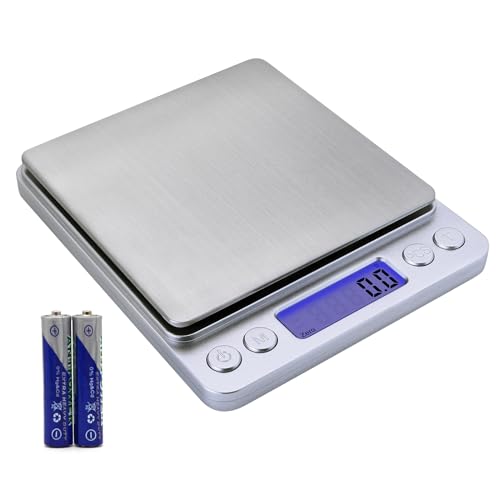AnnaMarie
Well-Known Member
Thank you for those words DeeAnna. I wholeheartedly agree with everything you said. I, too, have enjoyed this experiment. Now, just for fun, I would encourage those interested to try the recipe as is in the same method. I think you'll find it enjoyable.
I just went to check my soap- no gel phase or anything. In fact, looking at it both in the wood mold and in the small silicone molds I think this one is going to take a while to set. I will report the progress. I'm excited to see the results!
Cheers!
Anna Marie
Ps- tonight is really a hot cocoa and peppermint schnapps night!
I just went to check my soap- no gel phase or anything. In fact, looking at it both in the wood mold and in the small silicone molds I think this one is going to take a while to set. I will report the progress. I'm excited to see the results!
Cheers!
Anna Marie
Ps- tonight is really a hot cocoa and peppermint schnapps night!
















































